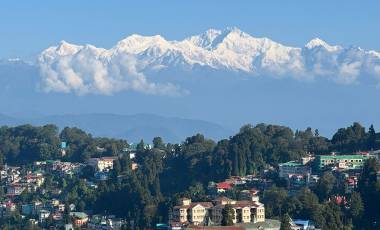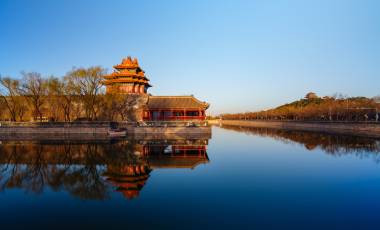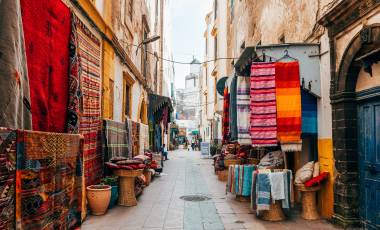Read time – 3 minutes
Tea is the second most popular liquid refreshment on Earth – second only to water. If you consider tea a quintessentially English obsession, think again.
A worldwide passion for the beverage has given us a multitude of flavours and countless customs that reflect those who brew. Why not pop the kettle on as we share the finest tea moments from a globetrotter’s perspective…
Tea Culture
High Tea
2000m above the plains of Bengal in India, beneath the dotted shade of cotton and silk trees, the “Champagne of Teas” grows in long rows.
Darjeeling tea is world-renowned and must be picked, processed and packaged in just 24 hours in order to attain its light, floral taste. Like all teas, it’s handpicked, just the very tip of the plant – the bud and the two leaves below it only – from plants that grow for up to 70 or 80 years.
Following the narrow trails between rows on the tea estate is a real treat. High above the waist-high emerald green leaves, the towering bulk of Kanchenjunga creates a skyline that you’ll want a proper tea break to enjoy.
Drink it: Darjeeling trips
Fuji Tips
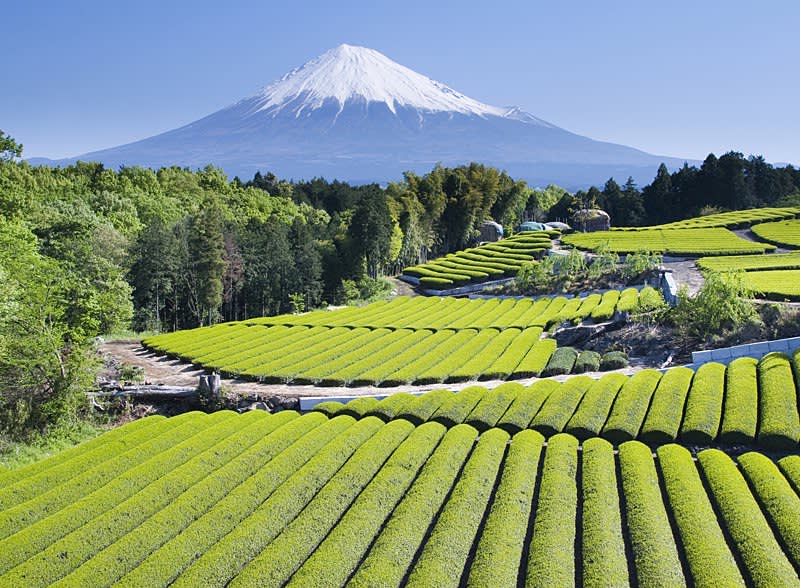 Mt Fuji and tea plantations
Mt Fuji and tea plantations No-one celebrates the ritualism of tea quite like the Japanese. Chado (literally the ‘way of tea’) is an elaborate ceremony bordering on an art form, usually performed in a traditional tatami-floored room or teahouse.
The host, almost always a woman, follows a series of formalised steps to serve the tea. Bowing, she presents it to the guests, who are then expected to follow an equally complicated process of turning the cup, sipping the tea, complimenting the host and cleaning the bowl before passing it to the next attendee.
Traditional flower arrangements and calligraphy decorate the room, and the ceremony can last up to four hours – this is a world away from pouring yourself a quick cuppa!
Mint Condition
Morocco is tea-total. Islam has no time for pints and cocktails; instead, the ubiquitous mint tea is mischievously dubbed ‘Moroccan whisky’ and drunk with a devotion to rival their religion.
Frothy, saccharine and sticky, mint tea is drunk all day every day, poured from engraved silver teapots into small glass tumblers. This traditional tool is part of forming friendships, allegiances, even families.
In the mountains, a Berber man will make his proposal as the beverage brews. To accept the marriage, the tea is served with sugar; if he is refused, he must drink his bitter disappointment.
Drink it: Morocco trips
Herbal Remedy
The humble cocoa plant has a bad reputation for providing the raw material for cocaine, but in Peru, it has a much more innocent use. The leaves are chewed to ward off hunger and thirst, they are used as medicine, and they play a major part in religious ceremonies.
Most travellers come into contact with the plant in the form of the ubiquitous mate de coca (coca tea), an infusion which is usually served up free in hotels in the Andes.
Unlike its chemical derivative, the tea is no more stimulating than a cup of coffee, and it is considered particularly effective against some of the more minor symptoms of altitude sickness which affect many who travel up into the mountains. So although you won’t get high drinking it, you’re often high when you do.
Drink it: Peru trips
All the Tea in China
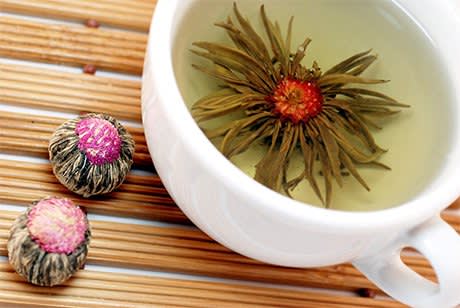 Flowering Jasmine tea
Flowering Jasmine tea The tea purists of the world should go straight to the source. The inaugural ‘Fancy a cuppa?’ came from Chinese Emperor Shen Nung over 4,700 years ago, who left a dynastic legacy of sipping and stirring in his wake.
China is steeped in aromatic tea plantations, where green, oolong and soon-to-be jasmine infusion teas grow in striated swirls punctuated with the yellow tips of the tea pickers’ intricately woven straw hats.
More than just hydration, offering tea is a mark of respect; the reverence with which it is grown, processed and consumed is part of that.
Drink it: China trips
So Long Ceylon
Sri Lanka is the fourth largest tea producer in the world, a few places behind neighbouring heavyweight India. Nuwara Eliya is the epicentre of Sri Lankan tea country, and the highlands are cloaked with lush, bright green plantations which are a hive of activity; picking, sorting and rolling the leaves.
Entering the estate, a detailed tour leads from the musty and aromatic sorting rooms into a tasting parlour, where elegant teapots, fine mesh strainers and porcelain cups lie in neat rows.
It’s the perfect blend of precision and love which makes the tea so prized; a tasting session gives you a true flavour of why the passion for the perfect cup of tea is so important.
Drink it: Sri Lanka trips
See our tea-drinking destinations below and find your perfect cuppa.
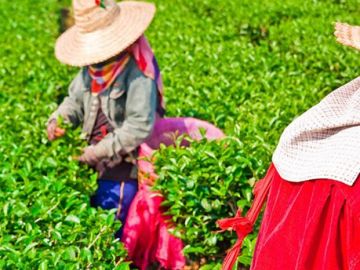
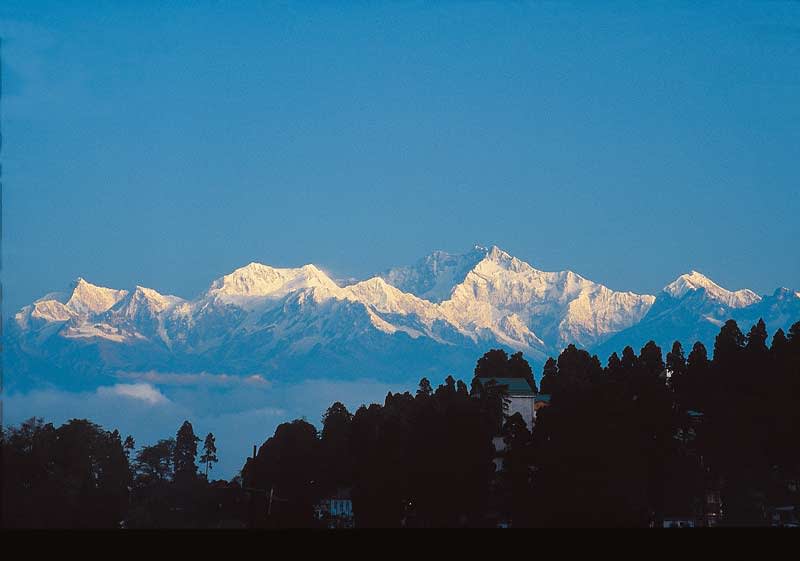 Kanchenjunga from Tiger Hill, Darjeeling
Kanchenjunga from Tiger Hill, Darjeeling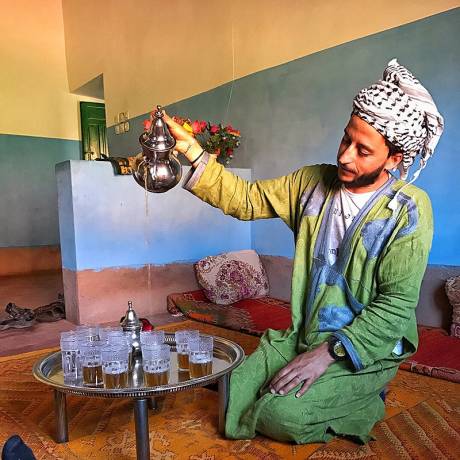 Mint tea, Atlas mountains, Morocco
Mint tea, Atlas mountains, Morocco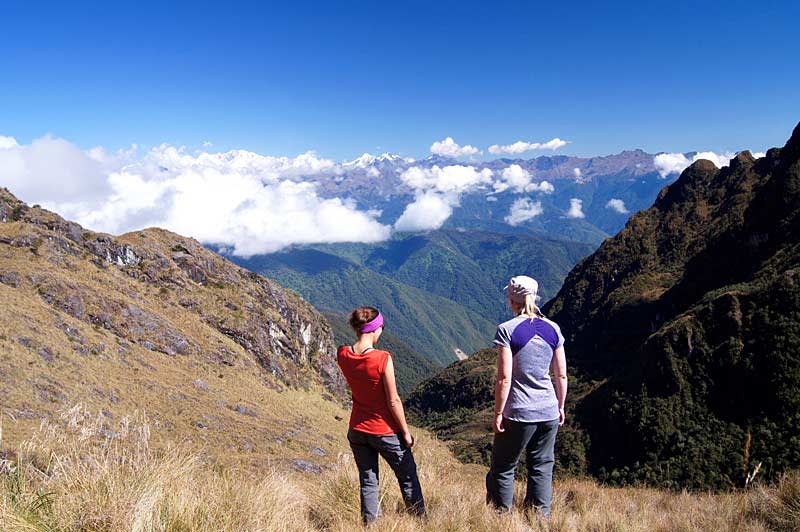 A brief pause on the Inca Trail
A brief pause on the Inca Trail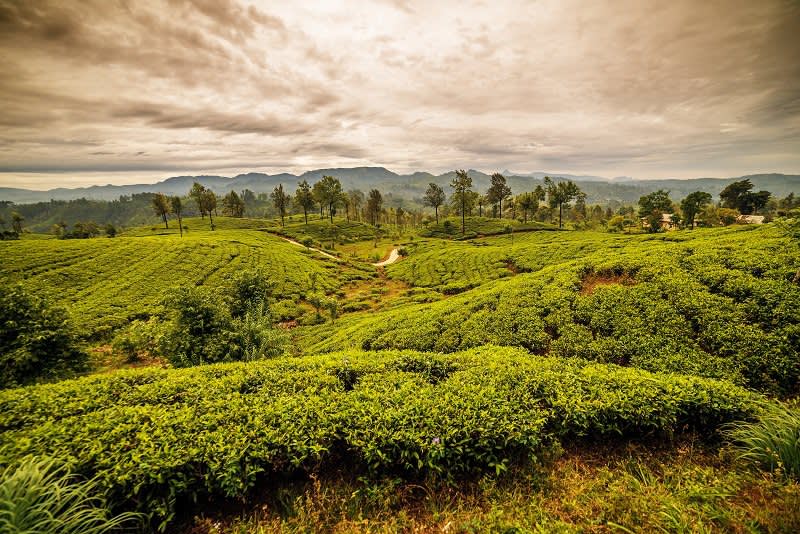 The famous Ceylon tea fields next to Nuwara Eliya
The famous Ceylon tea fields next to Nuwara Eliya